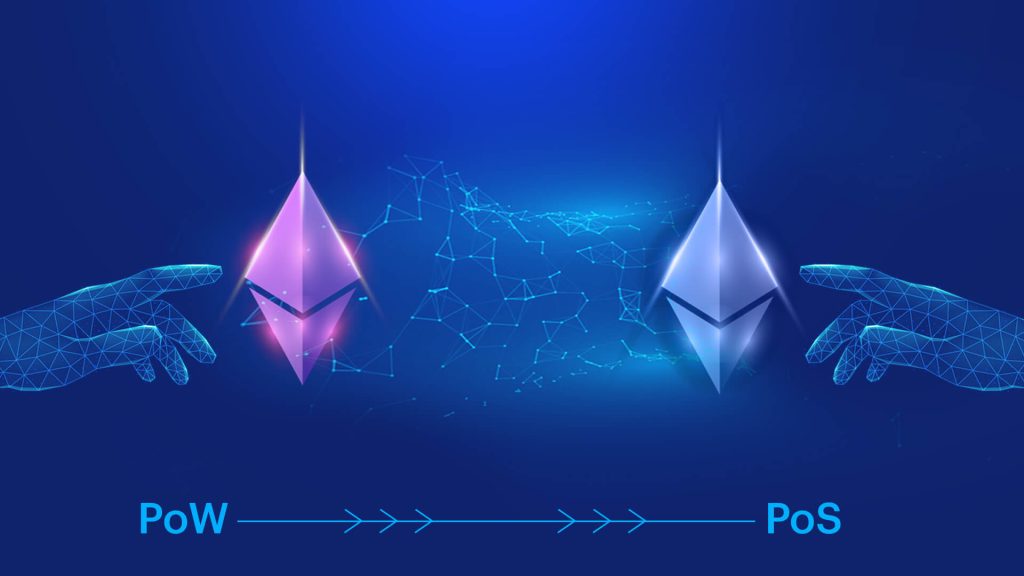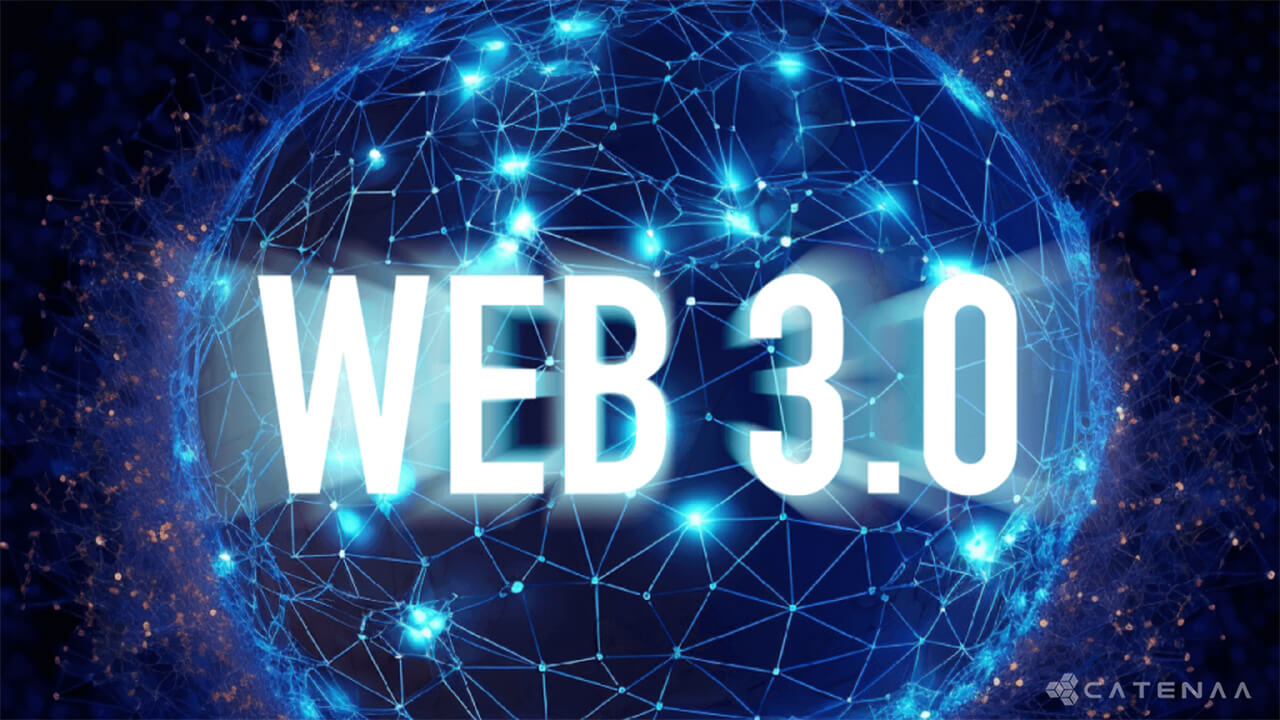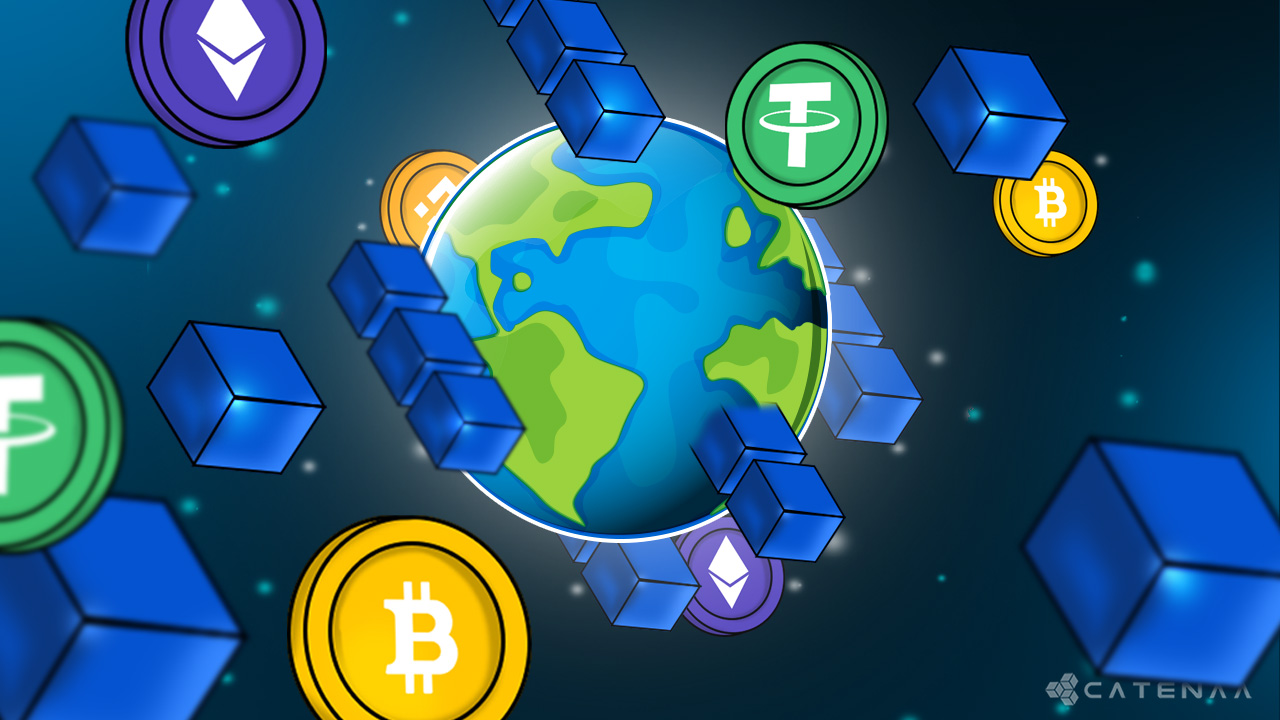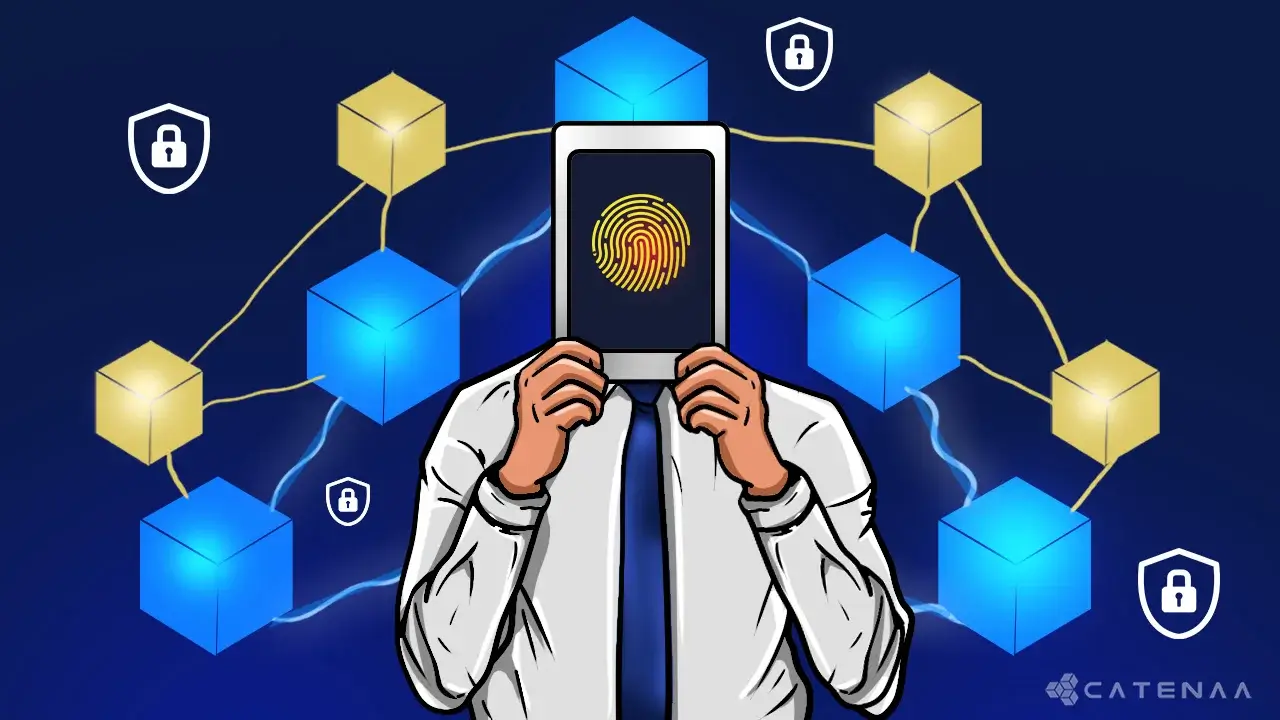Table of Content
The world is changing at a drastic pace, and with it, the world of the Internet is changing as well. As institutions continue to explore cryptocurrency and Blockchain technology, they’re beginning to see the value that this technology can bring to their operations. With more and more companies jumping on the digital assets bandwagon, it is only a matter of time before many industries follow suit. While many are wondering what Web 3 is, every Web 3 enthusiast needs to know several things about it.
In this article, we’ll explain what Web 3 is, how it works, and why it matters. We’ll also explore some of the key benefits of using Web 3 and how it can help you take your business to the next level.
The Evolution of the Internet
The internet has changed our lives. It has made us more connected than ever before, and we have never been more connected than today. From being able to order food at the touch of a button, or talk with someone across the world in seconds, to helping you find your car in a parking lot, or even just keeping track of where your kids are right now, it’s hard to imagine life without it.
But when did these changes start? And how have they become so big over time? Let us take a look at some of the key moments in Internet history: Web 1.0, Web 2.0, and Web 3.0. 1
Web 1.0
Web 1.0 was the term given to the Internet as we know it today. It refers to the earliest versions of the World Wide Web; during this time, many websites were static HTML pages that featured simple text or animated GIF files, with relatively few interactive features. Web 1.0 was mostly used by researchers to share research and collaborate on projects.
The term “Web 1.0” referred to a period when the Internet consisted of just a few websites, such as Yahoo! Web 1.0 is sometimes referred to as “Read-only Web” due to the limited access to robust content management systems, and interaction with web pages was limited primarily to clicking links or typing in search terms.
Web 2.0
Web 2.0 is an umbrella term for several different processes, technologies, and ideas that are collectively meant to improve how information is shared and accessed on the internet. Web 2.0 is the second generation of the World Wide Web. It focuses on using the web as a platform to provide more opportunities for collaboration, functionality, diverse applications, and user-generated content. It is the World Wide Web in use today.
Web 2.0, sometimes called the “participative social web, ” is an amplified version of Web 1.0, which highlights individual content and user interoperability.
Web 2.0 is a term that was coined in 2004 by Darcy DiNucci. It is where web-based communities and hosted services allow users to interact and collaborate with each other. These services include social networking sites, blogs, wikis, and folksonomies.
The main features of Web 2.0 are user-generated content, user-centered design, and social media. These features allow users to create and share content and connect with other users. Web 2.0 allows increased collaboration, easier sharing of information, and more democratic access to knowledge. These advantages can help businesses and individuals to be more productive and efficient.
Web 3.0
What’s coming with Web 3.0? This new era takes all these experiences from Web 1 and Web 2, making them immersive and interactive. Audiences play an active role, as they become part of the content experience: They browse the internet in 3D, moving, learning, shopping, and watching as if they were inside the web.
A key concept to understanding Web 3 is the transition toward a decentralized content model. What does that mean? Now the data is hosted in distributed networks, not on central servers controlled by Google, Meta, or Amazon. The new 3.0 model is peer-to-peer sharing, which allows users to own their data and monetize their content. Therefore, Web 3 gives the power back to creators, who now have control over their content. The enhanced user experience is the essence of this new era, as Web 3 platforms are entirely designed around the end user 100% interactive and three-dimensional. Creators will no longer be tied to specific platforms and their policies and will be able to pursue diversified revenue streams.
Web 3 browsers help users interact with decentralized applications built on blockchain technology. Web 3 technologies like distributed ledgers, artificial intelligence, Metaverse, and others aim to create the next-generation internet, which is accessible to everyone and offers benefits.
While still in the early stages of development, Web 3 solves what seems to be the most difficult problem with the internet today. It offers better data privacy by eliminating central organizations and allowing users to keep their data stored in their personal wallets. So, while Web 3 may not entirely replace today’s internet, it may offer a safer alternative and may trigger an exodus of users from the second to the third generation of the internet.

The Role of Cryptocurrency in Web 3
Cryptocurrency is an innovative technology that is designed to facilitate the transfer of funds between people and organizations in a decentralized manner. Traditional money like the US dollar, Euro, and British Pound have centralized authority like the Federal Reserve or Bank of England that has ultimate control over the money supply. Cryptocurrencies, on the other hand, are decentralized currencies created by a computer network running software protocols called blockchains. This technology allows cryptocurrencies to operate without centralized control and instead run on distributed ledger systems which means they are open to everyone.
Through blockchain technology, cryptocurrencies are able to provide fast, secure, and anonymous transactions. These characteristics make cryptocurrencies ideal for use in Web 3.0 applications where privacy and anonymity are critical. In addition to supporting payments, cryptocurrencies can be used for contracts, data storage, authentication, and other more complex functions. Cryptocurrencies can also be used as utility tokens where ownership rights are attached to the token itself rather than being tied back to a specific asset like gold or silver. 2
Is Web 3.0 The Future of The Internet Or Just Another Passing Fad?
While many tech messiahs have expressed their doubts about Web 3.0, calling it everything from a scam to a fairytale, many brands, their marketers, and influencers are calling it the future of the internet and democratization of ownership of media, information, and the way companies, consumers and content interact with each other.
While Web 1.0 is comprised largely of static web pages, Web 2.0 refers to the internet as it exists today, comprising 2. Web 3.0 is based on Blockchain technology, with a potential decentralized ecosystem that will allow users to break away from the control of tech giants like Alphabet, Meta, and the rest of “big tech”, thereby bringing down the “walled gardens” of closed internet platforms.
Much like NFTs, cryptocurrencies, DeFi (Decentralized Finance), and other buzzwords, many companies and brands are working on developing Web 3.0 systems, touting its benefits to consumers and a way for brand interaction sans the middlemen.
Wading into the murky waters of Web3 will seem daunting at first. Over time, brands must figure out what works for them through trial and error and observe what succeeds and fails for others. Remember that much like with Web1 and Web2, earnest adoption and experimentation will attract greater rewards so while things are still a bit hazy, the potential, marketers say, is huge. 2
Examples
Several projects have started to provide Web 3 services. One example is Status, a mobile Ethereum client that uses peer-to-peer networking and blockchain technology. Another is Streamer, which is building an open data marketplace that allows users to access real-time data streams from IoT devices. Other projects are aiming to empower individuals with smart contracts and other decentralized applications. The goal is to create a more democratic, open society where individuals can directly control their data and share it with others.
One of the most important aspects of Web 3 is the concept of interoperability. Interoperability refers to the ability of two or more systems to communicate and work together. For example, a car can communicate with its onboard GPS system to determine its location, while a smartphone can communicate with the Internet to download a map app. With Web 3, different software systems can communicate and work together without the need for middlemen like centralized services like Facebook or Google. This results in greater efficiency, trustworthiness, and privacy.
How Will It Change Our Lives?
Web 3.0 is defined as the next generation of the internet that will be based on blockchain technology. This new technology will enable us to interact with the Internet in new ways. It will connect people and IoT devices. We will be able to make transactions using digital tokens or currencies across a wide range of applications. Web 3.0 will also enable us to interact with decentralized apps (DApps) and smart contracts. By introducing encryption technology and decentralization, web 3.0 will give us more control over our data and privacy. Web 3.0 may also enable us to interact with artificial intelligence (AI). 3
- Coindesk: https://www.coindesk.com/learn/[↩]
- Techtarget: https://www.techtarget.com[↩][↩]
- Techtarget: https://www.techtarget.com[↩]


